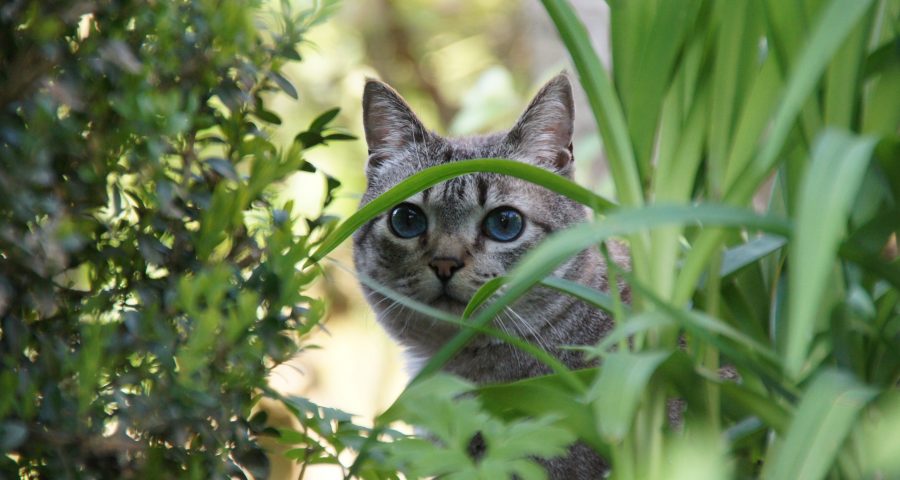Love is in the air tonight … or is that giraffe DNA?
This is Sandra Tsing Loh with the Loh Down on Science.
Imagine trying to study animals that are always in hiding! Animal ecologists can relate! Scientists can learn a lot about elusive sea creatures by analyzing their environmental DNA. e-DNA for short! It spreads when creatures, both above and below water, breathe or salivate. But can e-DNA be traced on dry land?
Elizabeth Clare and colleagues from Queen Mary University of London investigated.
They collected air samples for thirty minutes from twenty different locations in Hamerton Zoo Park. After filtering out big particles, they searched for e-DNA.
And … they found it! In the air, from twenty-five different species all over the zoo! Land-bound animals share their e-DNA with the world by breathing and burping. It was even found from some animals over one hundred meters away from their enclosures!
The researchers hope that by detecting e-DNA in the air, they can measure terrestrial biodiversity. All without having to disturb delicate ecosystems or capturing any cute animals!
Who knew burping contests could be so SCIENTIFIC!
Reference: Elizabeth L. Clare, Chloe K. Economou, Frances J. Bennett, Caitlin E. Dyer, Katherine Adams, Benjamin McRobie, Rosie Drinkwater, Joanne E. Littlefair. Measuring biodiversity from DNA in the air. Current Biology, 2022; DOI: 10.1016/j.cub.2021.11.064

